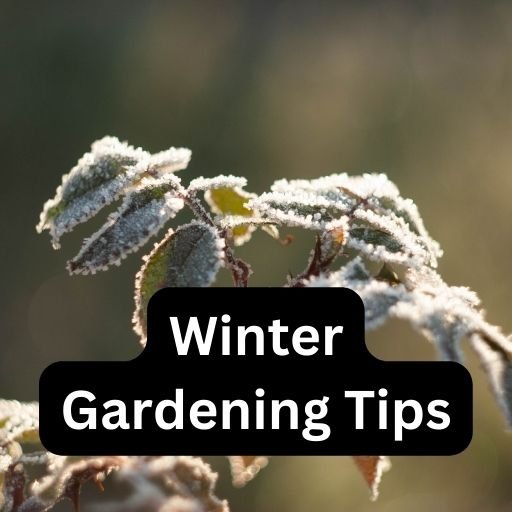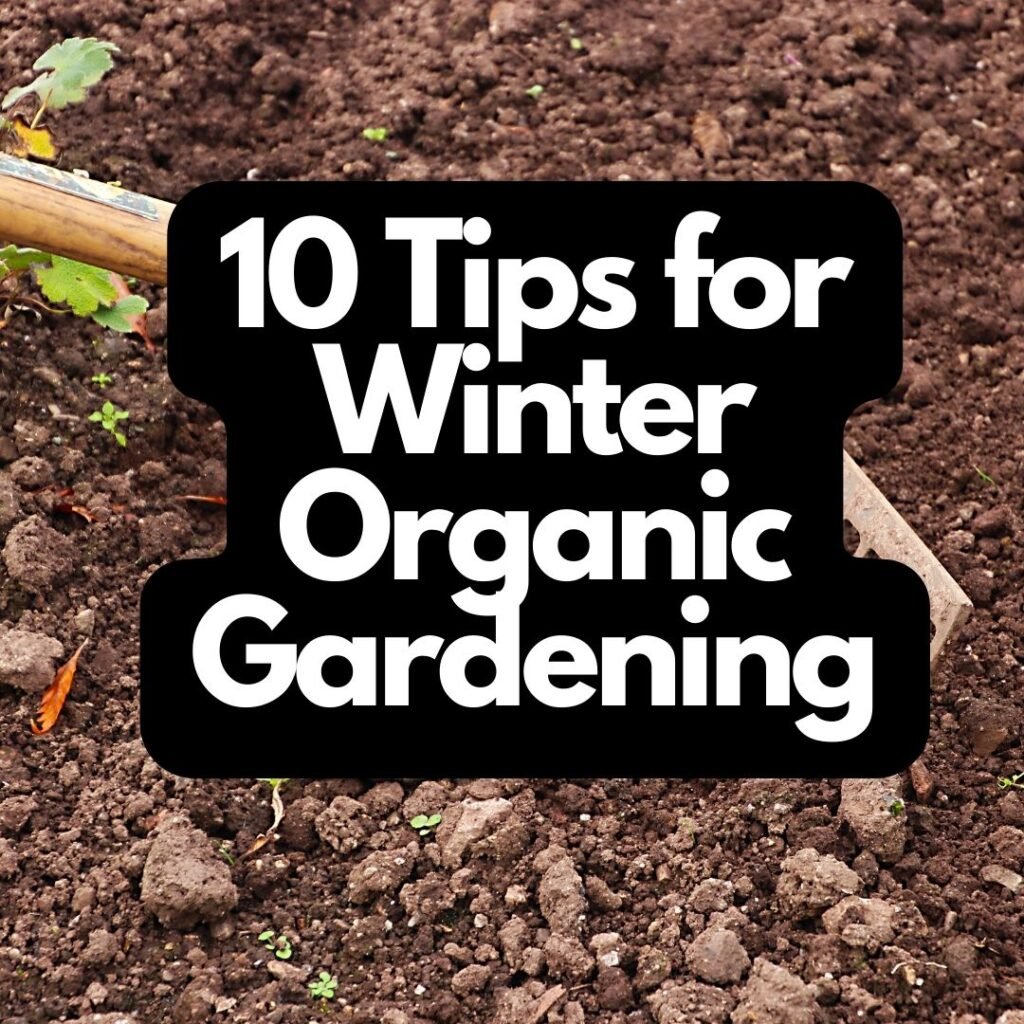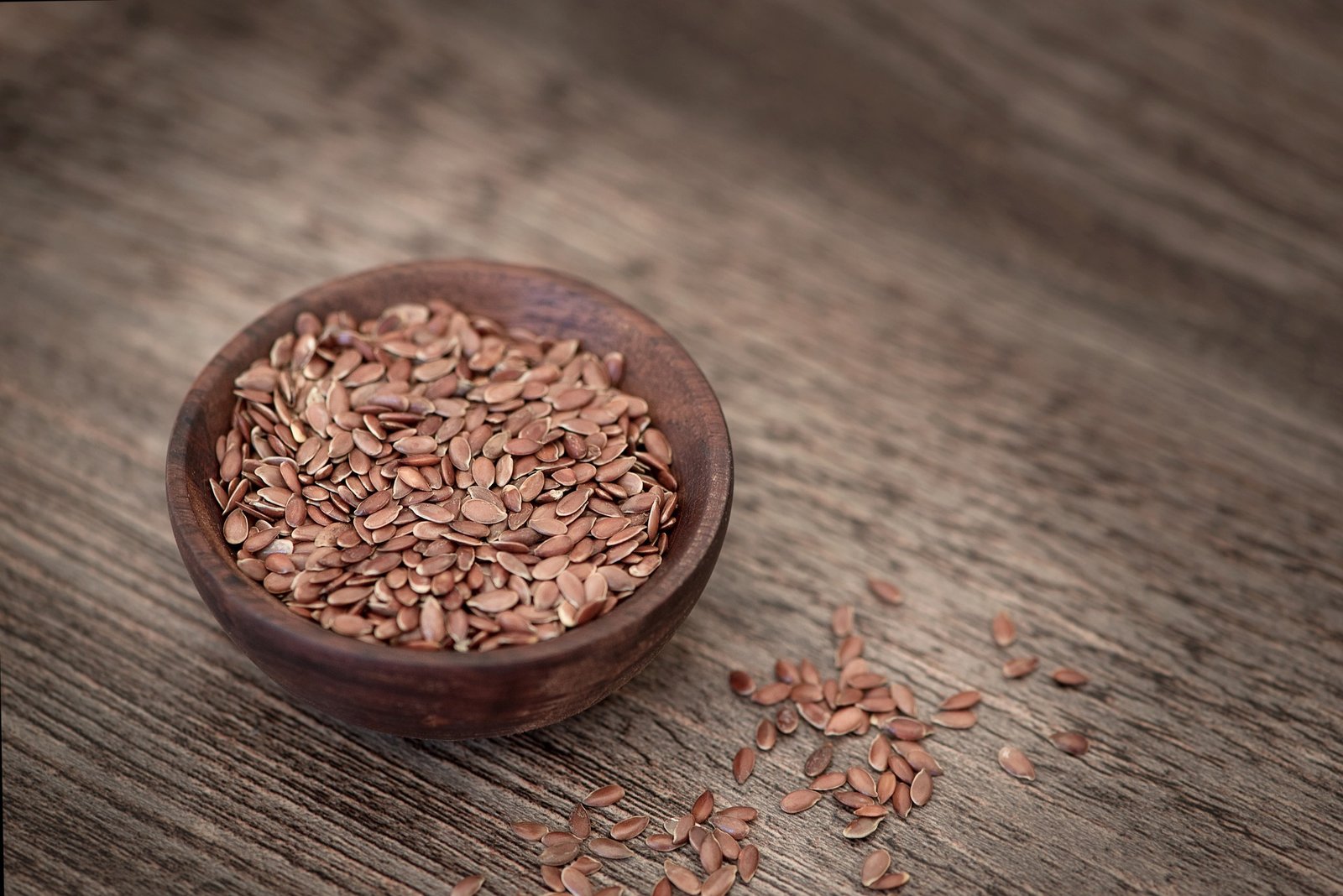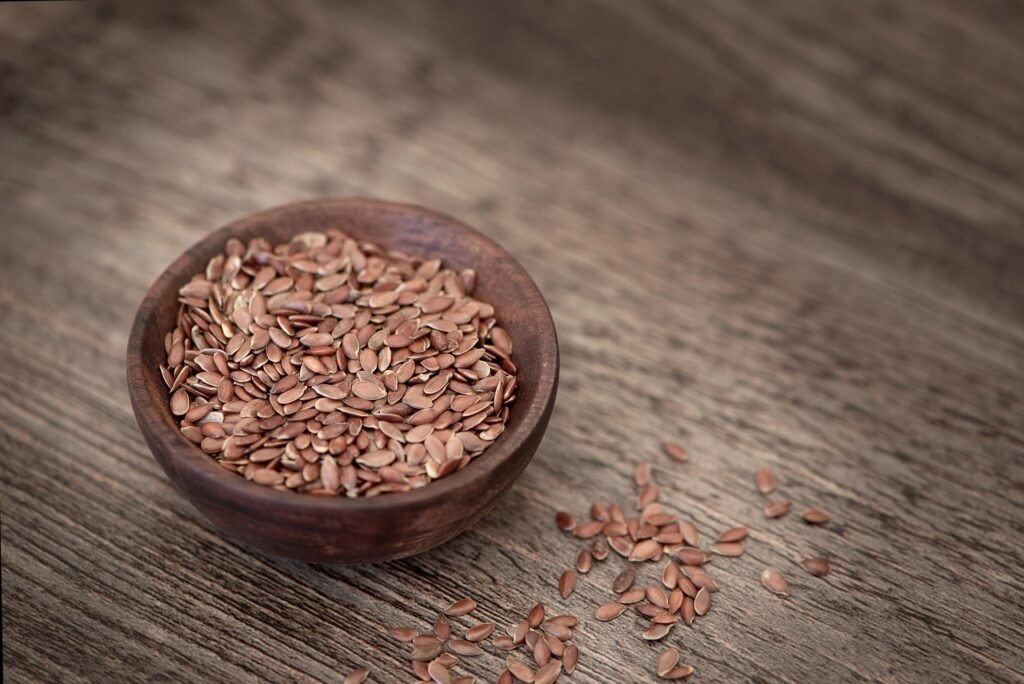Winter Gardening Activities to Enjoy in the Off-Season
Winter can be a challenging time for gardeners, but it doesn’t mean the gardening season has to come to a complete halt. In fact, winter can be the perfect time to plan and prepare for the coming spring and summer growing seasons. Here are some winter gardening activities that can be enjoyed in the off-season.
Indoor Seed Starting
Starting seeds indoors is a great way to get a head start on the growing season. This can be done in a sunny window, under grow lights, or in a greenhouse. It’s important to choose the right soil and containers, as well as provide proper water, light, and temperature conditions. This can be a fun and rewarding project for both experienced and beginner gardeners.
Winter Pruning
Winter is the perfect time for pruning deciduous trees and shrubs. This helps to encourage new growth and improve the overall health of the plants. It’s also a good opportunity to remove any dead, diseased or damaged branches. When pruning, be sure to use clean and sharp tools to prevent damaging the plant.

Composting
Composting is a great way to recycle yard waste and kitchen scraps into rich organic matter for your garden. Winter is a good time to start a compost pile or bin, as cooler temperatures can slow down the decomposition process. Composting can also help reduce the amount of waste sent to landfills and improve the soil structure and fertility of your garden.
Planning for the Next Season
Winter is a great time to plan for the next growing season. This can include researching new plants to try, drawing a garden plan, and ordering seeds and supplies. Winter is also a good time to assess the performance of your existing plants and make any necessary changes to improve their growth and health.
Taking a Garden Tour
Visiting botanical gardens, arboretums, and other public gardens during the winter can be a great way to get inspiration for your own garden. This can also be a good opportunity to learn about new plants and gardening techniques.
In conclusion, there are many winter gardening activities that can be enjoyed in the off-season. Whether you’re starting seeds indoors, pruning shrubs, composting, planning for the next season, or taking a garden tour, there is always something to do in the world of gardening. So don’t let winter slow you down, get out there and get started on your next gardening project!
11 Innovative Ways to Transform Your Garden This Winter
Winter doesn’t have to be a time when your garden goes into hibernation. There are many ways to keep your garden thriving, even when the temperatures are low. In this article, we present 25 creative and practical ideas for how to enjoy your garden this winter.
1. Create a Winter Wonderland
Turn your garden into a winter wonderland by adding holiday lights and decorations. String fairy lights around trees and bushes, hang wreaths on your gate and front door, and place candle-lit lanterns along paths and walkways. The addition of sparkling lights and festive decorations can transform even the simplest of gardens into a magical winter wonderland.
2. Build a Winter Greenhouse
If you have the space and the resources, consider building a winter greenhouse. A greenhouse allows you to extend the growing season and grow your favorite plants all year round. You can even enjoy fresh herbs and vegetables during the winter months.
3. Add Warmth with Fire Pits and Chimineas
Nothing beats sitting by a warm fire on a chilly winter evening. Install a fire pit or chiminea in your garden to create a cozy outdoor space. Invite friends and family to gather around the fire for an evening of hot cocoa, s’mores, and good conversation.
4. Create a Winter Garden Bed
Plant a winter garden bed with a variety of beautiful blooms that thrive in the colder months. Pansies, primroses, and hellebores are just a few of the many flowers that will bring color and life to your garden during the winter.
5. Add a Winter Water Feature
A water feature can add a sense of tranquility to your garden, even during the winter. A bird bath, fountain, or even a simple stone basin filled with water will provide a source of water for birds and other wildlife. The sound of running water will also create a peaceful atmosphere in your garden.
6. Incorporate Winter-Friendly Trees and Shrubs
Plant winter-friendly trees and shrubs in your garden to provide year-round interest. Holly trees are known for their bright red berries and evergreen leaves, while dogwood trees produce beautiful red stems during the winter months.
7. Add a Winter Vegetable Garden
Plant a winter vegetable garden to enjoy fresh produce during the colder months. Carrots, kale, and radishes are just a few of the many vegetables that will thrive in a winter garden.
8. Create a Winter Wildlife Habitat
Attract wildlife to your garden by creating a winter wildlife habitat. Provide food, water, and shelter for birds and other wildlife, and watch as your garden comes to life.
9. Use Winter Containers
Use winter containers to bring a pop of color to your garden during the winter months. Fill pots and containers with evergreen cuttings, branches, and berries to create beautiful arrangements that will last all winter long.
10. Add Winter-Friendly Ground Cover
Plant winter-friendly ground cover in your garden to keep the soil covered and prevent erosion. Ivy, periwinkle, and wintercreeper are just a few of the many options that will thrive during the winter.
11. Create a Winter Pathway
Install a winter pathway in your garden to provide a safe and attractive way to walk around. Use stones, bricks, or pavers to create a path that will stand up to the winter elements
Garden Design Tips for Winter
Winter is the time when the beauty of the garden becomes muted and dull. But with the right garden design tips, you can turn your winter garden into a stunning landscape. Here are some practical and effective ways to make the most of your garden during the winter months.
Make Use of Evergreens
Evergreens are a great way to add color and texture to your garden in the winter. They provide a constant source of green throughout the year and can help to break up the monotony of the winter landscape. Consider planting evergreens like pine, spruce, or holly in your garden to bring a pop of color to your winter garden.
Incorporate Winter Bloomers
Winter bloomers like witch hazel, snowdrops, and winter jasmine add a touch of color to your winter garden. These plants provide a much-needed source of color in the winter and can help to brighten up the landscape. When selecting winter bloomers, choose plants that are native to your area for the best results.
Create Garden Features
Garden features like bird feeders, bird baths, and birdhouses can add interest to your winter garden. These features can provide a source of food and shelter for birds, making your garden a more attractive and welcoming place for wildlife.
Use Lighting to Your Advantage
Lighting is an effective way to add interest to your garden in the winter. Outdoor lighting can help to highlight garden features, create mood and atmosphere, and create a warm and inviting environment in your garden. Consider using outdoor lighting fixtures like lanterns, string lights, or solar lights to bring your winter garden to life.
Add Texture with Ground Covers
Ground covers like mulch, stones, and bark can add texture and depth to your winter garden. These materials can help to break up the monotony of the winter landscape and create a warm and inviting atmosphere. Consider incorporating ground covers into your garden design to add interest and texture to your winter garden.
Conclusion
By following these garden design tips, you can turn your winter garden into a stunning landscape that will provide you with joy and beauty throughout the year. With a little effort, you can create a winter garden that will be a source of pride and satisfaction for years to come.
Growers Guide: Tips for Winter Gardening
Winter gardening can be a challenging task, but with the right preparation and knowledge, you can successfully grow a variety of crops in the colder months. Here are some tips to help you get started.
Choose the Right Crops
Not all crops are well-suited for winter gardening. Cool-season vegetables, such as lettuce, spinach, and kale, are more tolerant of cold temperatures and can thrive in the winter months. These crops are also fast-growing, so you can harvest them quickly and have fresh produce on hand.
Provide Adequate Light
Light is a critical factor for winter gardening. With fewer hours of daylight and lower light intensity, it’s essential to provide supplemental lighting to your plants. This can be done using grow lights or a greenhouse. Grow lights can mimic natural light and provide the necessary spectrum of light for your plants to grow.
Maintain Proper Soil Temperature
Soil temperature is crucial for seed germination and plant growth. In the winter months, soil temperatures can drop below the ideal range for many crops. To counteract this, consider using raised beds or container gardening. These methods allow you to control the temperature of the soil and provide a warm environment for your plants.
Watering and Irrigation
Winter gardening can be a challenge when it comes to watering your plants. Cold temperatures and frozen soil can make it difficult to water your plants, but it’s crucial to keep them hydrated. Consider installing a drip irrigation system to ensure your plants are getting enough water, even in the colder months.
Protect Your Plants from the Cold
Extreme cold temperatures can damage or kill your plants. To protect them, consider using row covers, cold frames, or greenhouses. These structures provide insulation from the cold and allow you to regulate the temperature for your plants.
Use Quality Soil and Fertilizer
The quality of your soil and fertilizer is critical for successful winter gardening. Make sure to use high-quality, well-draining soil, and consider adding organic matter such as compost or mulch to your soil to improve its structure and fertility. Choose a balanced fertilizer that provides the necessary nutrients for your plants to grow strong and healthy.
In conclusion, winter gardening can be a rewarding and productive activity with the right preparation and knowledge. By following these tips, you can successfully grow a variety of crops in the colder months and enjoy fresh produce year-round.
Winter Gardening: How to Grow a Thriving Garden in the Cold Months
Winter gardening can be a challenge, but with the right preparation and knowledge, you can have a productive and beautiful garden, even in the colder months. Here are some tips to help you get started.
Choose the Right Plants
Not all plants are well-suited for winter gardening. Cool-season plants, such as pansies, violas, and kale, are more tolerant of cold temperatures and can thrive in the winter months. These plants are also fast-growing, so you can enjoy their beauty quickly.
Provide Adequate Light
Light is a critical factor for winter gardening. With fewer hours of daylight and lower light intensity, it’s essential to provide supplemental lighting to your plants. This can be done using grow lights or a greenhouse. Grow lights can mimic natural light and provide the necessary spectrum of light for your plants to grow.
Maintain Proper Soil Temperature
Soil temperature is crucial for seed germination and plant growth. In the winter months, soil temperatures can drop below the ideal range for many plants. To counteract this, consider using raised beds or container gardening. These methods allow you to control the temperature of the soil and provide a warm environment for your plants.
Watering and Irrigation
Winter gardening can be a challenge when it comes to watering your plants. Cold temperatures and frozen soil can make it difficult to water your plants, but it’s crucial to keep them hydrated. Consider installing a drip irrigation system to ensure your plants are getting enough water, even in the colder months.
Protect Your Plants from the Cold
Extreme cold temperatures can damage or kill your plants. To protect them, consider using row covers, cold frames, or greenhouses. These structures provide insulation from the cold and allow you to regulate the temperature for your plants.
Use Quality Soil and Fertilizer
The quality of your soil and fertilizer is critical for successful winter gardening. Make sure to use high-quality, well-draining soil, and consider adding organic matter such as compost or mulch to your soil to improve its structure and fertility. Choose a balanced fertilizer that provides the necessary nutrients for your plants to grow strong and healthy.
In conclusion, winter gardening can be a rewarding and beautiful activity with the right preparation and knowledge. By following these tips, you can have a productive and thriving garden, even in the colder months.
Cat Parent-The Do’s and Don’ts of Cat Treats





















